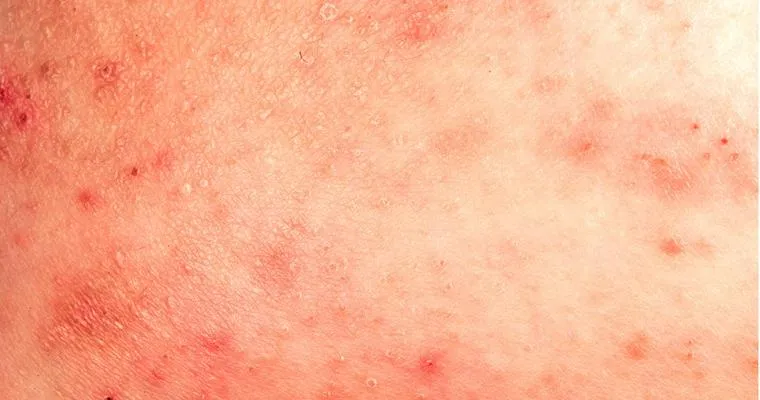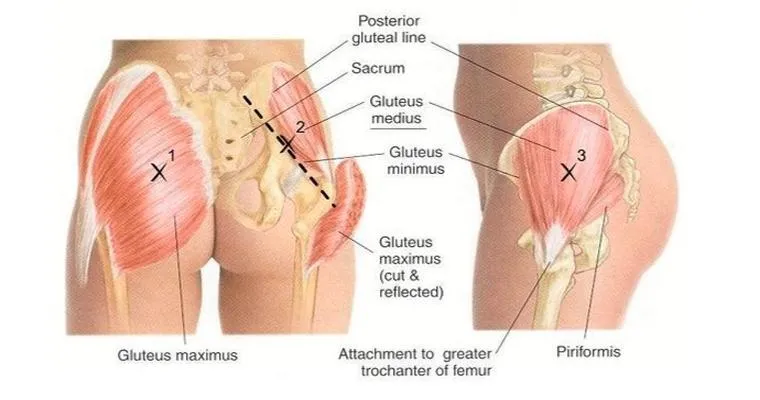As we age, our skin undergoes significant changes, leading to various "skin problems in the elderly". These issues can range from dryness and wrinkles to more severe conditions like "skin cancer" and "dermatitis". Understanding these problems is crucial for maintaining healthy skin and improving the quality of life for older adults. In this article, we will explore the common skin issues faced by the elderly, their causes, and effective management strategies.
One of the most prevalent "skin problems in the elderly" is "dry skin", also known as xerosis. As we age, our skin produces less oil, leading to increased dryness and flakiness. Factors such as low humidity, hot showers, and certain medications can exacerbate this condition. To manage dry skin, it is essential to use mild soaps, moisturizers, and to stay hydrated by drinking plenty of water.
Another common issue is "wrinkles" and fine lines. These naturally occur due to a decrease in collagen and elastin production, which are vital for skin elasticity. Although wrinkles are a normal part of aging, protecting the skin from sun exposure and using retinoids or hyaluronic acid can help reduce their appearance.
"Skin cancer" is a serious concern for older adults, particularly for those with a history of excessive sun exposure. The three main types of skin cancer—basal cell carcinoma, squamous cell carcinoma, and melanoma—can develop in older skin. Regular skin checks and dermatological visits are vital for early detection and treatment. Using sunscreen with a high SPF and wearing protective clothing can significantly lower the risk of skin cancer.
"Dermatitis", including contact dermatitis and seborrheic dermatitis, is another frequent issue among the elderly. Contact dermatitis arises from skin reactions to allergens or irritants, while seborrheic dermatitis leads to flaky, red patches on the scalp and face. Treatment often involves topical corticosteroids and antifungal medications, depending on the specific type of dermatitis.
Moreover, "pressure ulcers", also known as bedsores, can develop in elderly individuals with limited mobility. These sores occur when prolonged pressure restricts blood flow to the skin, leading to tissue damage. Preventative measures include regular repositioning, using pressure-relieving devices, and maintaining good skin hygiene.
In conclusion, "skin problems in the elderly" are varied and can significantly impact overall health and well-being. By recognizing the common issues such as dry skin, wrinkles, skin cancer, dermatitis, and pressure ulcers, caregivers and older adults can take proactive steps to protect and care for their skin. Regular dermatological check-ups and adopting a proper skincare routine can make a substantial difference in managing these conditions effectively.





